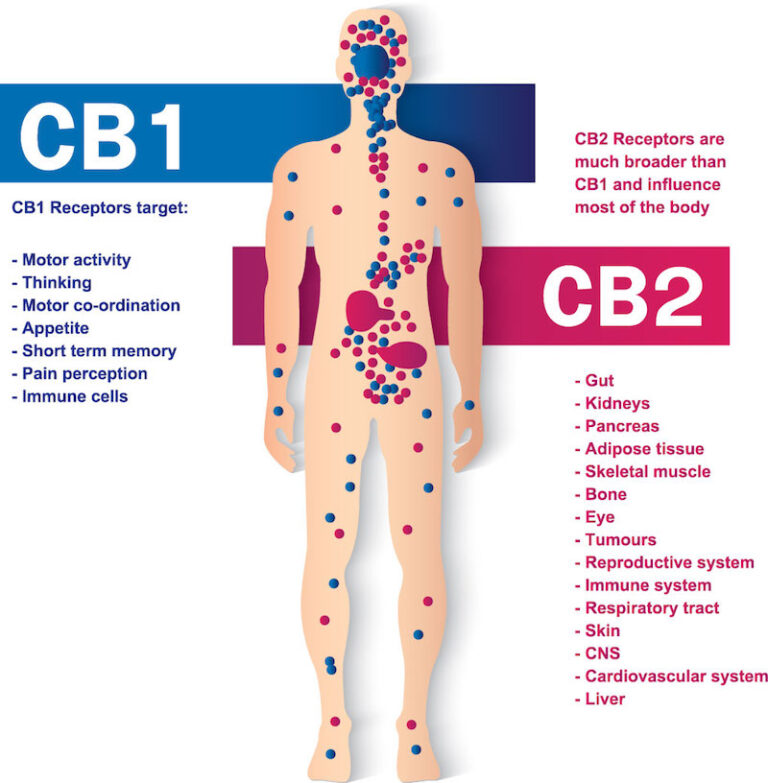CBD is the abbreviation for Cannabidiol which is a non-intoxicating cannabinoid found in the cannabis plant. CBD is one of 113 known cannabinoids and is the most widely used and accepted non-intoxicating cannabinoid found in the cannabis plant. CBD has been shown to have various benefits and some athletes are now using it to help aid in training and recovery. But what is CBD, exactly? And how does it work? This post will explore CBD and its potential benefits for athletes. Stay tuned!

To understand how CBD works, we must first understand cannabinoids and the endocannabinoid system (ECS.) The two types of cannabinoids are phytocannabinoids which naturally occur in plants and endocannabinoids which naturally occur in the human body. CBD is a phytocannabinoid that is used in products like softgel capsules, roll-on topicals, and oils. These products are just a few of the many methods that can be used to introduce CBD to our body’s natural endocannabinoid system (ECS.) The ECS is a complex system in the human body comprising of three core components: endocannabinoids, receptors, and enzymes. Endocannabinoids are similar to phytocannabinoids but are naturally produced by your body. The endocannabinoids bind to endocannabinoid receptors (CB1 and CB2) before being broken down by enzymes. CBD and other cannabinoids have various ways of interacting with these CB1 and CB2 receptors. Researchers believe this system has an impact on major processes in the body including appetite, mood, pain, memory, sleep, stress, and immune system responses including inflammation.

Unlike tetrahydrocannabinol (THC), CBD is non-psychoactive, meaning it won’t make you feel impaired or euphoric. While CBD can be relaxing, it won’t leave you feeling “stoned” like THC does. Run Lab CBD is made from hemp-derived CBD extract which contains no THC, so you get all the benefits of CBD without any of the psychoactive effects associated with marijuana.
Hemp is a variety of cannabis that contains less than 0.03% THC. A number of countries have legalized hemp for commercial use, including the United States, where the Farm Bill was passed in 2018 to remove industrial hemp from Schedule I of the Controlled Substances Act. Hemp is federally legal in the U.S. and is considered a food product by law, so hemp-derived CBD is completely legal to buy and use in all 50 states. CBD is also available from marijuana plants, but because these strains of cannabis are bred to have higher levels of THC, products derived from these plants are illegal on the federal level.
With athletes placing high levels of physical and mental stress on their bodies, proper recovery is crucial to success. Many professional athletes have reported positive results using CBD gummies to achieve better sleep which we know is the most important part of the recovery process. In addition to getting better sleep, topical CBD products can be used as a more targeted approach to muscle and joint recovery. CBD interacts with CB2 receptors found throughout the body’s immune and peripheral nervous systems, which both play a role in the recovery process. With Run Lab CBD, you can improve recovery and feel more confident in your training sessions.
Run Lab CBD is created by runners, for runners.

Marathoner and Co-Founder of Run Lab CBD
Sign up for our email list and we’ll give you 15% off your order!
We promise not to spam you with tons of emails. We send out a biweekly newsletter and occasional promotions. You can unsubscribe to opt-out at any time.